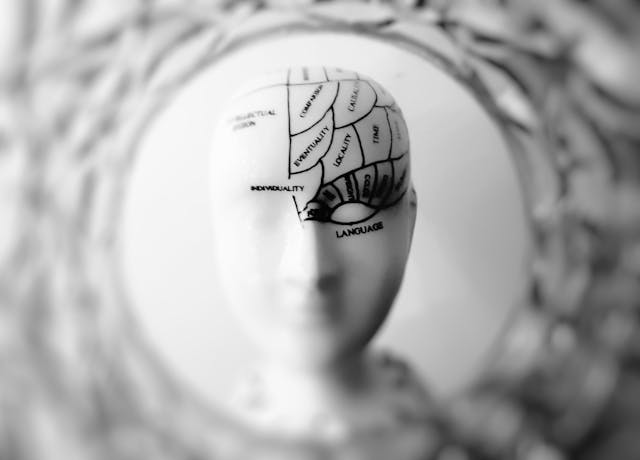
Why does a memory palace work? A memory palace works because our brains are better at remembering images and locations than we are at remembering random information.
Nobody really invented the memory palace. It is a technique that has been used for as long as there have been people. Before writing, people had no choice but to remember the things that were important to them. Anything that was vital to the tribe was passed along through stories or songs. They were verbal traditions, but they had to remember what they had been told so that they could pass it on to the next generation. They did this by using the techniques that make a memory palace so effective, although they did it without any thought. If we want to be able to use a memory palace, we have to put an awful lot of time and practice into it.
The first person who is credited with using a memory palace in relatively recent history was the poet Simonides of Ceos, who lived from 556 BC to 468 BC. The feat attributed to him is probably more of a legend than a true story because he makes no mention of it in any of his own works, but it is often cited as the invention of the memory palace. Simonides was at in a banquet hall, reciting one of his poems to the assembled guests. The lord didn’t like the poem, so he kicked Simonides out and, just as he left the banquet hall, the building collapsed and crushed everyone. When they excavated the rubble, the bodies were squished beyond identification. Simonides was asked to identify all of the corpses and he did it by recounting the exact location of where each person was. This method of memory is the basis for the memory palace. Each memory is put in a place. The Greek for place is “loci”. It is the route of our word location. A memory palace is usually called the method of loci.
The method of loci became very popular among the Greeks and the Romans who were very big on rhetoric. Anybody who was anybody gave speeches and the longer the speech the better. They couldn’t read these speeches because that would detract from the effect, so they had to memorize them. They did this by employing the memory palace idea. Parts of the speech would be placed in order along a path and as the speaker walked that mental path, they would be reminded of each part of the speech.
People can use a memory palace by taking advantage of the brain’s natural ability to remember certain things. Our brains are very good at remembering places and objects. This is due to something called spatial memory. There are several parts of the brain that are involved with encoding spatial memory. These are the hippocampus, the posterior parietal cortex, the entorhinal cortex, the prefrontal cortex, the retrosplenial cortex, and the perirhinal cortex. These different parts of the brain take in all the signals we have of the world around us and they encode it into a geometric and topographical map, which they store. We then have the ability to not only access this map, but to also be able to move it round in our heads and look at it from different angles. This ability to remember spatially is a vital ability for us because it allows us to find food and to find shelter. If early humans found a food source, a water source, and a place of shelter, they needed to remember where they were because it wasn’t certain that they would find anymore. Even today, we need to remember where our food and our homes are.
This spatial memory is why a memory palace works. Because you can view locations in your head, turn them around, and even walk through them, it makes it very easy to place objects along the way. To remember a list of things, you have to think of a place that you are familiar with. It has to be somewhere you are familiar with because that spatial memory is already engrained in your brain. You then plot a path through that place and you place the things you want to remember along that path. For example, if I want to remember to buy ketchup, beer, and soap, I can picture myself walking into my house. To the left of the door is a table and I cover that in tomato ketchup. So much that it is dripping down onto the floor. Then I place a crate of beer next to it, so I trip over it while walking to the kitchen. And I smear the kitchen door with soap so that I can’t open it. When I go to the shop, I walk this path in my mind and each object placed along the path will remind me of what I need to buy. At least, that is the theory. It takes a lot of practice to become good at it. And this is what I learned today.
Sources
https://www.coursera.org/articles/memory-palace
https://en.wikipedia.org/wiki/Simonides_of_Ceos
https://www.vox.com/the-highlight/22716264/memory-science-memorability
https://en.wikipedia.org/wiki/Spatial_memory
Photo by meo: https://www.pexels.com/photo/photo-of-head-bust-print-artwork-724994/

Pingback: #529 Is a photographic memory real?
Pingback: #558 How did the Vatican become a country?
Pingback: #714 How are memories stored?